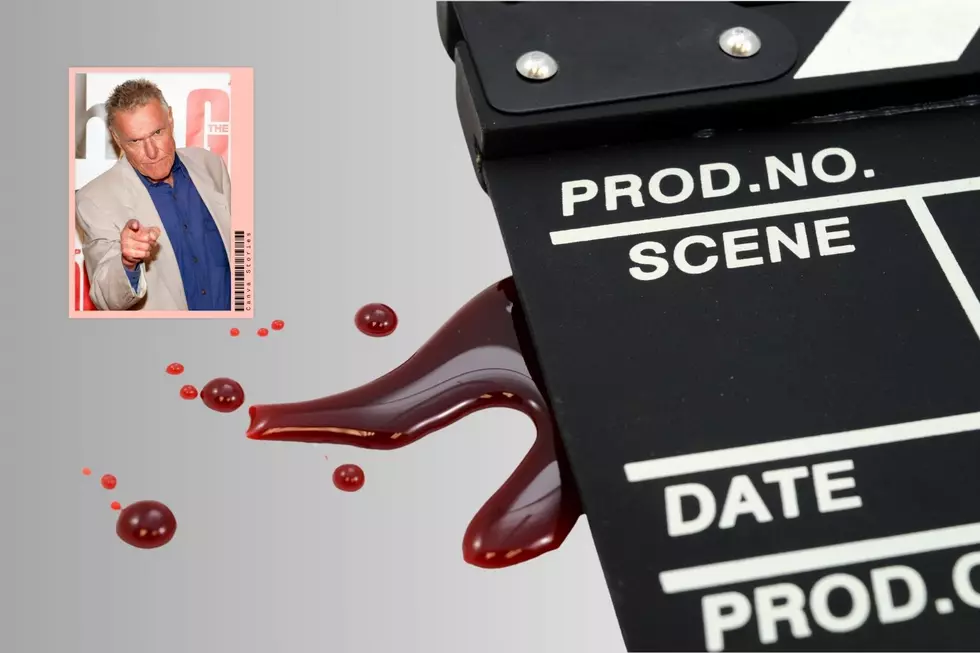
One of the Greatest April Fools’ Day Pranks Ever Has Ties to Kentucky
Why is April Fools' Day a thing? Seriously. I was sitting in my house yesterday morning thinking about April Fools' Day and wondering how and why humans decided to celebrate April 1st with practical jokes and pranks. As it turns out, historians haven't really been able to trace the exact roots of the holiday, but many believe it dates all the way back to the 1500s.
I decided to do some research about some of the greatest April Fools' Day pranks ever staged. As it turns out, one of them has ties (albeit loose ones) to Kentucky. While searching the internet, I stumbled across a great article called "9 Outrageous Pranks in History" on History.com. That article highlights an April Fool's Day joke that took place on April 1st, 1905.
A German newspaper called Berliner Tageblatt broke a "news" story that claimed thieves had tunneled under the U.S. Federal Treasury in Washington, D.C. In doing so, they were able to steal huge quantities of gold and silver from the U.S. supply. Obviously, if true, that would have been story enough.
However, Berliner Tageblatt fluffed up the story/prank even more. The paper claimed that the heist was actually masterminded by other Americans, who plotted and dug for over three years. The paper also claimed that they managed to get away with $268 million dollars. For the fun of my story, I decided to plug $268 million dollars into the inflation calculator to see its worth today. Brace yourselves. In 2024, that haul would be worth $8,400,744,242! Yeah, you read that correctly. That's 8 BILLION DOLLARS. I suppose it's a good thing the story was a prank.
But, there's even more to it. Berliner Tageblatt also claimed that U.S. authorities were doing their best to capture the thieves while skillfully covering up the fact that it was an inside job. As you can imagine, a story that intriguing caught the attention of nearly everyone in Europe. It was picked up by a variety of newspapers and circulated before it was finally uncovered as an April Fools' Day prank. The mastermind behind it? Louis Viereck, a German journalist who immigrated to the U.S. in 1896. He was an New York correspondent for Berliner Tageblatt and apparently authored the story under a pseudonym.
Though the story was completely fabricated, it certainly had its impact. The idea that housing our supply of gold and silver in reserves situated along the coastline was a really bad idea eventually prompted the U.S. to build at Fort Knox. The U.S. Department of Treasury built the United States Bullion Depository next to the U.S. Army Post at Fort Knox in 1936.
Here's a shot of the construction project from 1937.
Today, that location is home to over half of the country's supply of gold and it's protected by the United States Mint Police.
In other words, good luck tunneling into it.
LOOK: 100 years of American military history
More From WBKR-FM









